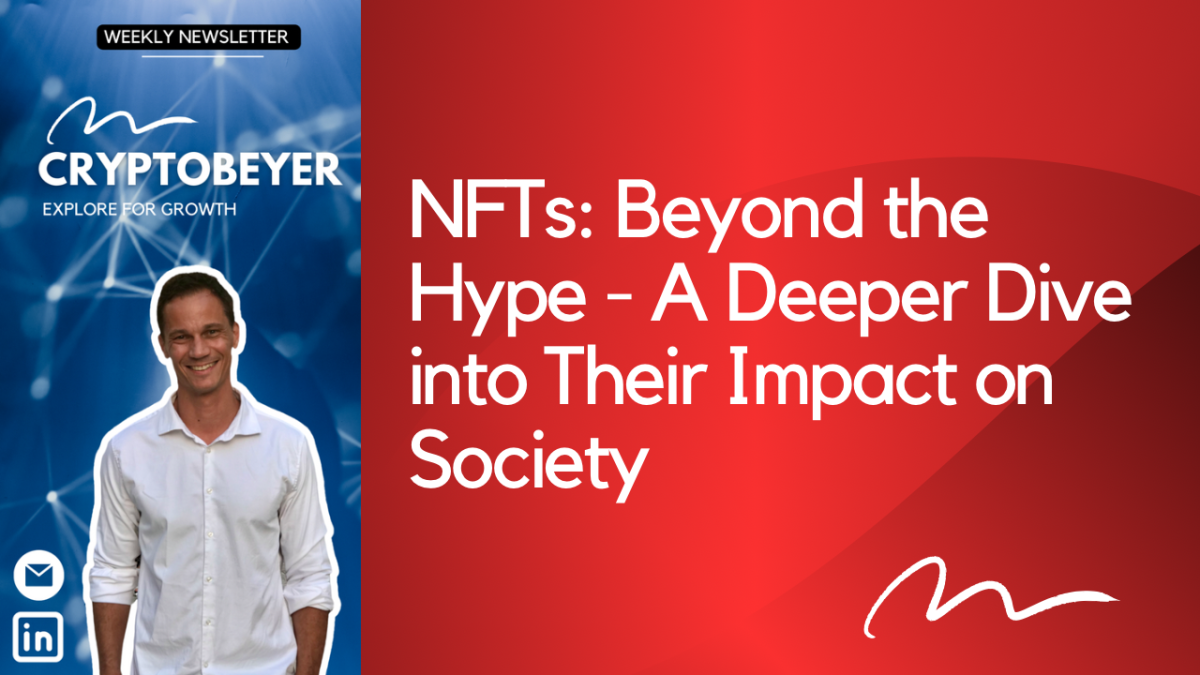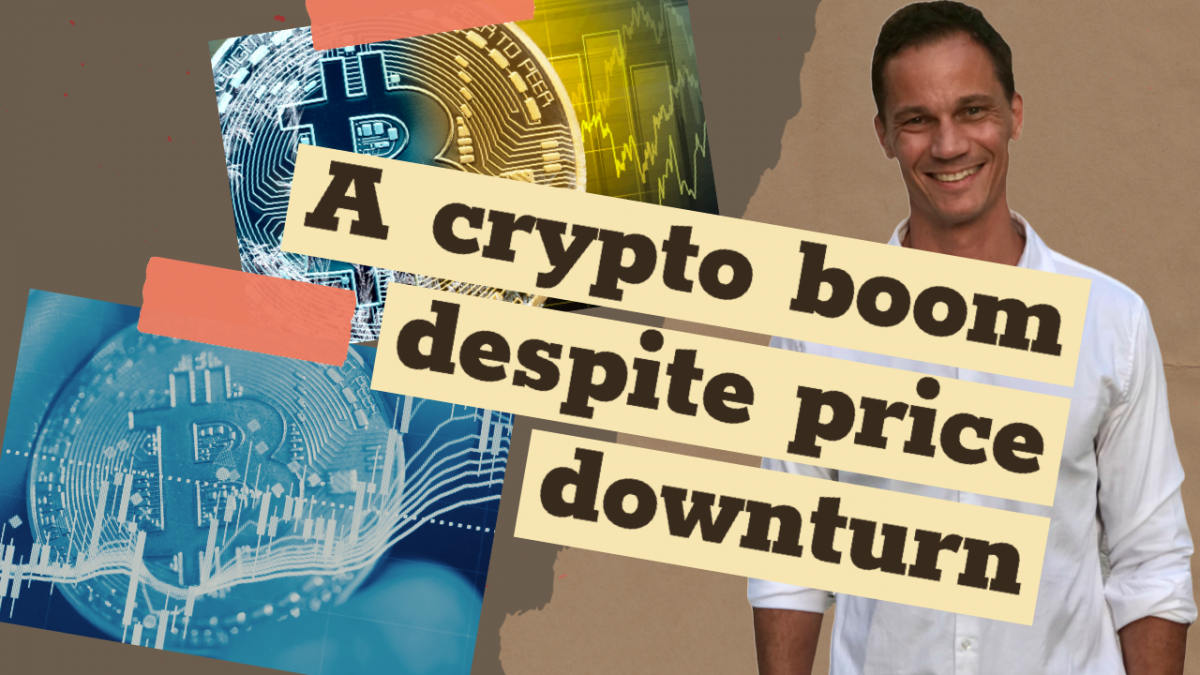This is interesting. 95% of NFTs are estimated to be worthless, with only a fraction of top collection pieces holding any significant value. Why am I not surprised?
Ethereum is the blockchain that hosts the most high-profile NFTs and has processed $37 billion in NFT trades. Solana and Cardano also has a significant market for NFTs. In January 2022, Justin Bieber bought a NFT called “Bored Ape” which is a digital picture of an ape… It cost him $1,3 million dollars and now it’s worth around $37,000. That’s a whopping 97% drop. I feel for the poor singer… But he is not alone. NFT holders are sitting on assets with no clear worth now.
But the NFT situation is like other emerging technologies have faced. I would like to compare it to the early internet, social media, and mobile phones. At first, we are hesitant and skeptical than (suddenly) we experience breakthroughs.
There are different use cases for NFTs, such as tokenizing trading cards, real assets like collectibles, and even travel tickets. These applications showcase the versatility of NFTs and their potential to revolutionize various industries. The big supermarket company Walmart in the US have in the last couple of weeks started to sell a toy as an NFT. Picture a cute cuddly animal that is registered on the blockchain and the holder of the NFT gets paid if its sold or traded.
I hear that royalties from NFT sales often outperform traditional platforms like Spotify, but I cannot confirm this. It sure sounds interesting as it could lead to a shift in how creators monetize their work.
Historically, skepticism often precedes breakthroughs, as seen in previous industrial revolutions. In this fourth industrial revolution where the physical world meets the digital world, we are bound to experience breakthroughs that might feel overwhelming. This pattern suggests that NFTs may still have untapped potential.
NFTs offer new economic opportunities, and can empower individuals to own, trade, and profit from assets traditionally inaccessible to them. NFTs provide creators with greater control and financial rewards for their work, potentially reshaping how artists and content creators monetize their creations. This shift could promote artistic innovation and independence.
What´s more? NFTs intersect with emerging technologies like AI, where they contribute valuable data. This convergence has the potential to disrupt various industries, including entertainment, by creating digital actors and optimizing content creation. These disruptions are not without problems. Just take look at the striking actors and writers in Hollywood.
The growth of NFTs outside the U.S. suggests that this technology has a global impact. It challenges traditional power dynamics and could lead to a more decentralized digital economy.
It’s a cultural thing as well. NFTs might usher in a cultural shift in how people perceive ownership, collectibles, and digital assets. NFT-based collectibles and their value could redefine our culture and how it functions.
I have a feeling that you are getting tired of hearing about it… But we need clearer regulation in crypto. The creation of NFTs will likely lead to increased scrutiny and regulatory challenges. How do we regulate a teddy bear on a blockchain? Authorities will need to strike a balance between innovation and protecting consumers.
Year 2022 was the peak of the NFT hype and purely speculative. Not a reflection of the interesting use case of NFTs and its potential to benefit artistic independence. We need to look beyond speculation and hype to see the use case of the crypto industry to find winners. Afterall, a NFT is far more than just a digital image of an ape.


